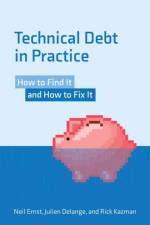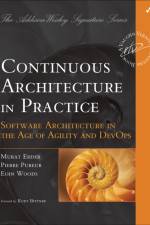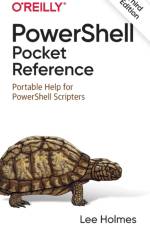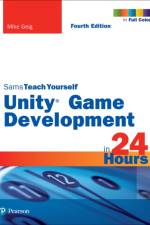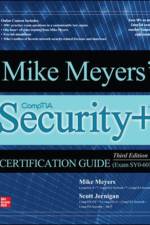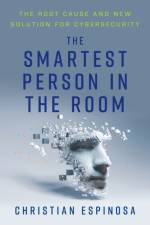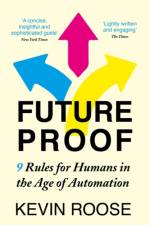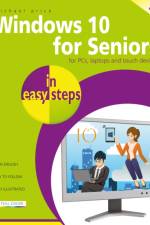- A Practical Introduction to Python 3
av Dan Bader
551
Make the Leap From Beginner to Intermediate in Python...Python Basics: A Practical Introduction to Python 3Your Complete Python Curriculum-With Exercises, Interactive Quizzes, and Sample ProjectsWhat should you learn about Python in the beginning to get a strong foundation? With Python Basics, you'll not only cover the core concepts you really need to know, but you'll also learn them in the most efficient order with the help of practical exercises and interactive quizzes. You'll know enough to be dangerous with Python, fast!Who Should Read This BookIf you're new to Python, you'll get a practical, step-by-step roadmap on developing your foundational skills. You'll be introduced to each concept and language feature in a logical order. Every step in this curriculum is explained and illustrated with short, clear code samples. Our goal with this book is to educate, not to impress or intimidate.If you're familiar with some basic programming concepts, you'll get a clear and well-tested introduction to Python. This is a practical introduction to Python that jumps right into the meat and potatoes without sacrificing substance. If you have prior experience with languages like VBA, PowerShell, R, Perl, C, C++, C#, Java, or Swift the numerous exercises within each chapter will fast-track your progress.If you're a seasoned developer, you'll get a Python 3 crash course that brings you up to speed with modern Python programming. Mix and match the chapters that interest you the most and use the interactive quizzes and review exercises to check your learning progress as you go along.If you're a self-starter completely new to coding, you'll get practical and motivating examples. You'll begin by installing Python and setting up a coding environment on your computer from scratch, and then continue from there. We'll get you coding right away so that you become competent and knowledgeable enough to solve real-world problems, fast. Develop a passion for programming by solving interesting problems with Python every day!If you're looking to break into a coding or data-science career, you'll pick up the practical foundations with this book. We won't just dump a boat load of theoretical information on you so you can "sink or swim"-instead you'll learn from hands-on, practical examples one step at a time. Each concept is broken down for you so you'll always know what you can do with it in practical terms.If you're interested in teaching others "how to Python," this will be your guidebook. If you're looking to stoke the coding flame in your coworkers, kids, or relatives-use our material to teach them. All the sequencing has been done for you so you'll always know what to cover next and how to explain it. What Python Developers Say About The Book: "Go forth and learn this amazing language using this great book." - Michael Kennedy, Talk Python"The wording is casual, easy to understand, and makes the information flow well." - Thomas Wong, Pythonista"I floundered for a long time trying to teach myself. I slogged through dozens of incomplete online tutorials. I snoozed through hours of boring screencasts. I gave up on countless crufty books from big-time publishers. And then I found Real Python. The easy-to-follow, step-by-step instructions break the big concepts down into bite-sized chunks written in plain English. The authors never forget their audience and are consistently thorough and detailed in their explanations. I'm up and running now, but I constantly refer to the material for guidance." - Jared Nielsen, Pythonista





